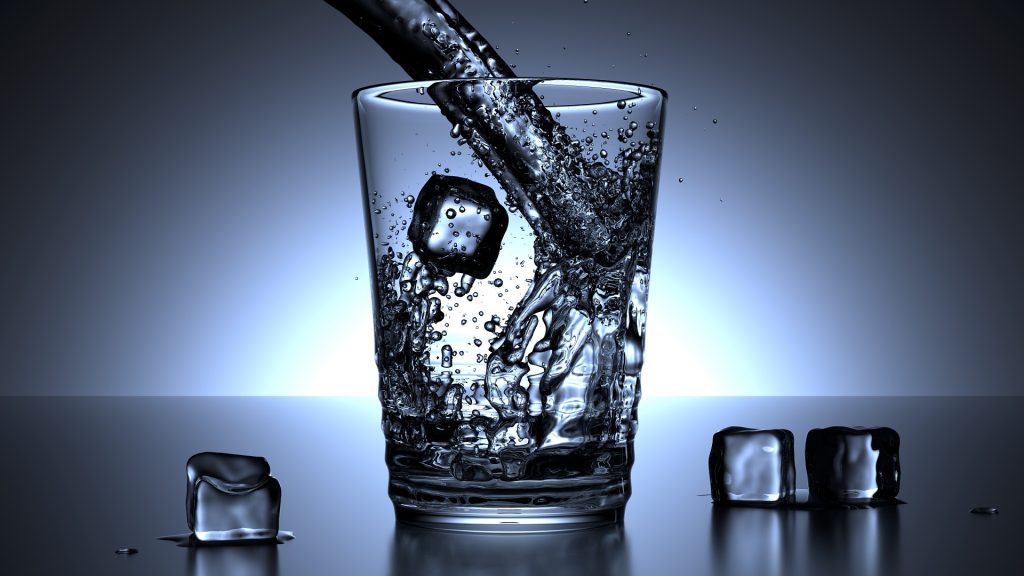Nov . 25, 2024 04:23 Back to list
HDPE Conduit Fittings for Durable and Reliable Electrical Installations
High-Density Polyethylene (HDPE) Conduit Fittings A Comprehensive Overview
In the modern world, the demand for durable, efficient, and environmentally friendly materials in various industries is ever-increasing. One such material that has garnered significant attention is High-Density Polyethylene (HDPE). Among its many applications, HDPE is widely utilized in the production of conduit fittings, which play a crucial role in electrical and telecommunication infrastructure. This article will delve into the unique properties of HDPE conduit fittings, their advantages, and their applications.
Understanding HDPE
High-Density Polyethylene is a thermoplastic polymer that is created through the polymerization of ethylene. It is known for its strength, resistance to impact, and low moisture absorption. These characteristics make HDPE an ideal choice for applications requiring durability and resistance to the elements. HDPE has a high strength-to-density ratio, making it lighter compared to other materials while offering excellent tensile strength and flexibility.
Features of HDPE Conduit Fittings
HDPE conduit fittings are specifically designed to connect and join sections of HDPE conduit, which is typically used to protect electrical wires and cables. These fittings come in various shapes and sizes, including elbows, tees, couplings, and adapters. Key features of HDPE conduit fittings include
1. Corrosion Resistance HDPE does not rust or corrode, making it suitable for underground installations where moisture and contaminants are prevalent.
2. UV Resistance HDPE products are designed to withstand ultraviolet radiation, ensuring that they remain functional and aesthetic over extended periods.
3. Chemical Resistance HDPE is resistant to a wide range of chemicals, which is particularly beneficial in industrial and agricultural settings.
4. Lightweight Nature The reduced weight of HDPE fittings compared to traditional materials like metal allows for easier handling and installation, leading to lower labor costs.
5. Flexible Design The flexibility of HDPE enables it to be molded into various shapes, making it compatible with existing systems and providing ease in installation.
Advantages of Using HDPE Conduit Fittings
The use of HDPE conduit fittings presents several advantages for contractors, engineers, and infrastructure developers
hdpe conduit fittings product

1. Cost-Effectiveness Although the initial investment might be higher than traditional materials, the longevity and reduced maintenance costs of HDPE fittings make them a more economical choice in the long run.
3. Environmental Impact HDPE is a recyclable material, making it an environmentally friendly choice that aligns with sustainable practices. Companies focusing on Green Building initiatives find HDPE to be a preferable option.
4. Safety HDPE does not produce harmful emissions during its lifecycle, contributing to a safer working environment.
Applications of HDPE Conduit Fittings
HDPE conduit fittings are primarily used in telecommunications and electrical applications. Below are some common areas where they find extensive use
1. Telecommunications Industry The ever-growing demand for data transmission requires reliable wiring solutions. HDPE conduit fittings help ensure the safe installation of fiber optic cables and other communication lines.
2. Electrical Installations These fittings protect electrical wiring from physical damage and environmental factors, ensuring the safety and reliability of electrical systems.
3. Municipal Projects In municipal infrastructure projects, HDPE fittings are used for water and sewage systems, ensuring the integrity and longevity of underground installations.
4. Infrastructure Developments They are utilized in various infrastructure projects, including transportation and commercial buildings, where durable and efficient electrical distribution is essential.
Conclusion
HDPE conduit fittings represent a significant advancement in materials used for electrical and telecommunications infrastructure. Their unique properties contribute to their durability, cost-effectiveness, and environmental friendliness. As industries continue to seek innovative solutions to old problems, HDPE is poised to play an even more prominent role in the future of conduit fittings and beyond. Whether for new installations or upgrades to existing systems, the benefits offered by HDPE fittings make them an optimal choice for professionals across various sectors.
-
High-Quality PVC Borehole Pipes Durable & Versatile Pipe Solutions
NewsJul.08,2025
-
High-Quality PVC Perforated Pipes for Efficient Drainage Leading Manufacturers & Factories
NewsJul.08,2025
-
High-Quality PVC Borehole Pipes Durable Pipe Solutions by Leading Manufacturer
NewsJul.08,2025
-
High-Quality PVC Borehole Pipes Reliable PVC Pipe Manufacturer Solutions
NewsJul.07,2025
-
High-Quality UPVC Drain Pipes Durable HDPE & Drain Pipe Solutions
NewsJul.07,2025
-
High-Quality Conduit Pipes & HDPE Conduit Fittings Manufacturer Reliable Factory Supply
NewsJul.06,2025

